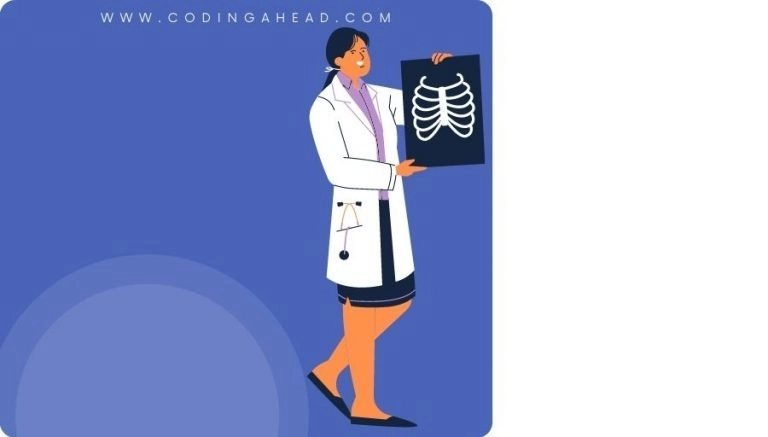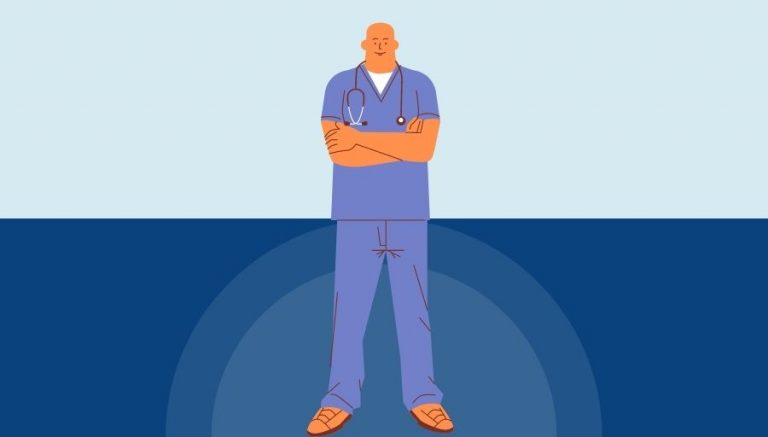How To Use CPT Code 30400
CPT 30400 describes a surgical procedure performed on the nose to repair or alter its shape. This article will cover the description, procedure, qualifying circumstances, appropriate usage, documentation requirements, billing guidelines, historical information and billing examples.
1. What is CPT Code 30400?
CPT 30400 is a code used to describe a surgical procedure performed on the nose. It involves repairing or changing the shape of the nose, specifically focusing on the lateral (side) and alar (tip) cartilages, as well as the elevation of the nasal tip. This code is used for primary rhinoplasty, which means it is performed on a patient who has not had nose surgery before.
2. Official Description
The official description of CPT code 30400 is: ‘Rhinoplasty, primary; lateral and alar cartilages and/or elevation of nasal tip.’ This code does not include columellar reconstruction, which has its own set of codes (13151 et seq).
3. Procedure
- The patient is appropriately prepped and anesthetized for the procedure.
- The provider performs either an open or closed approach to rhinoplasty.
- In open rhinoplasty, small incisions are made, including the transcolumellar incision, which goes through the skin of the columella.
- In closed rhinoplasty, surgical incisions are made inside the nostrils, resulting in no visible scarring.
- The provider makes the necessary changes to the lateral and alar cartilages, as well as the nasal tip, using various surgical maneuvers and techniques.
- Suturing techniques may be used to alter the shape of the cartilage.
- The procedure may involve graft placement, which may require obtaining tissues separately.
- The provider completes the surgery on the lateral and alar cartilages and/or nasal tip and closes the incisions.
4. Qualifying circumstances
CPT 30400 is performed on patients who have not had nose surgery before. It is used for functional or cosmetic reasons to repair or change the shape of the nose. The procedure focuses on the lateral and alar cartilages, as well as the elevation of the nasal tip. The provider may use various techniques and maneuvers to achieve the desired results while preserving airway function.
5. When to use CPT code 30400
CPT code 30400 should be used when performing primary rhinoplasty on a patient who has not had nose surgery before. It is important to ensure that the procedure involves surgery on the lateral and alar cartilages and/or elevation of the nasal tip. If the patient has had previous nose surgery, secondary rhinoplasty codes should be used instead.
6. Documentation requirements
To support a claim for CPT 30400, the provider must document the following information:
- Reason for the surgery and the need for repair or alteration of the nose
- Details of the surgical approach used (open or closed)
- Description of the changes made to the lateral and alar cartilages and/or nasal tip
- Any graft placement and tissues obtained separately
- Date of the procedure and any additional relevant information
- Signature of the provider performing the surgery
7. Billing guidelines
When billing for CPT 30400, ensure that the procedure meets the criteria for primary rhinoplasty and involves surgery on the lateral and alar cartilages and/or elevation of the nasal tip. It is important to follow coding guidelines and not report CPT 30400 if the patient has had previous nose surgery. Additionally, if graft placement is performed, it may be separately reportable. It is recommended to review coding guidelines for specific instructions on reporting grafts.
8. Historical information
CPT 30400 was added to the Current Procedural Terminology system on January 1, 1990. There have been no updates to the code since its addition.
9. Examples
- A patient undergoes primary rhinoplasty to repair the lateral and alar cartilages and elevate the nasal tip for cosmetic reasons.
- A patient with a deviated septum undergoes primary rhinoplasty to correct the shape of the nose and improve breathing function.
- A patient seeks primary rhinoplasty to alter the shape of the nose after an injury.
- A patient undergoes primary rhinoplasty to address functional issues, such as nasal obstruction, caused by the shape of the nose.
- A patient undergoes primary rhinoplasty to improve the appearance of the nose after dissatisfaction with its shape.
- A patient with a congenital nasal deformity undergoes primary rhinoplasty to correct the shape of the nose.
- A patient undergoes primary rhinoplasty to address breathing difficulties caused by the shape of the nose.
- A patient seeks primary rhinoplasty to enhance the overall facial harmony and balance.
- A patient undergoes primary rhinoplasty to correct asymmetry in the nose caused by genetics.
- A patient seeks primary rhinoplasty to improve self-confidence and self-esteem by altering the shape of the nose.




